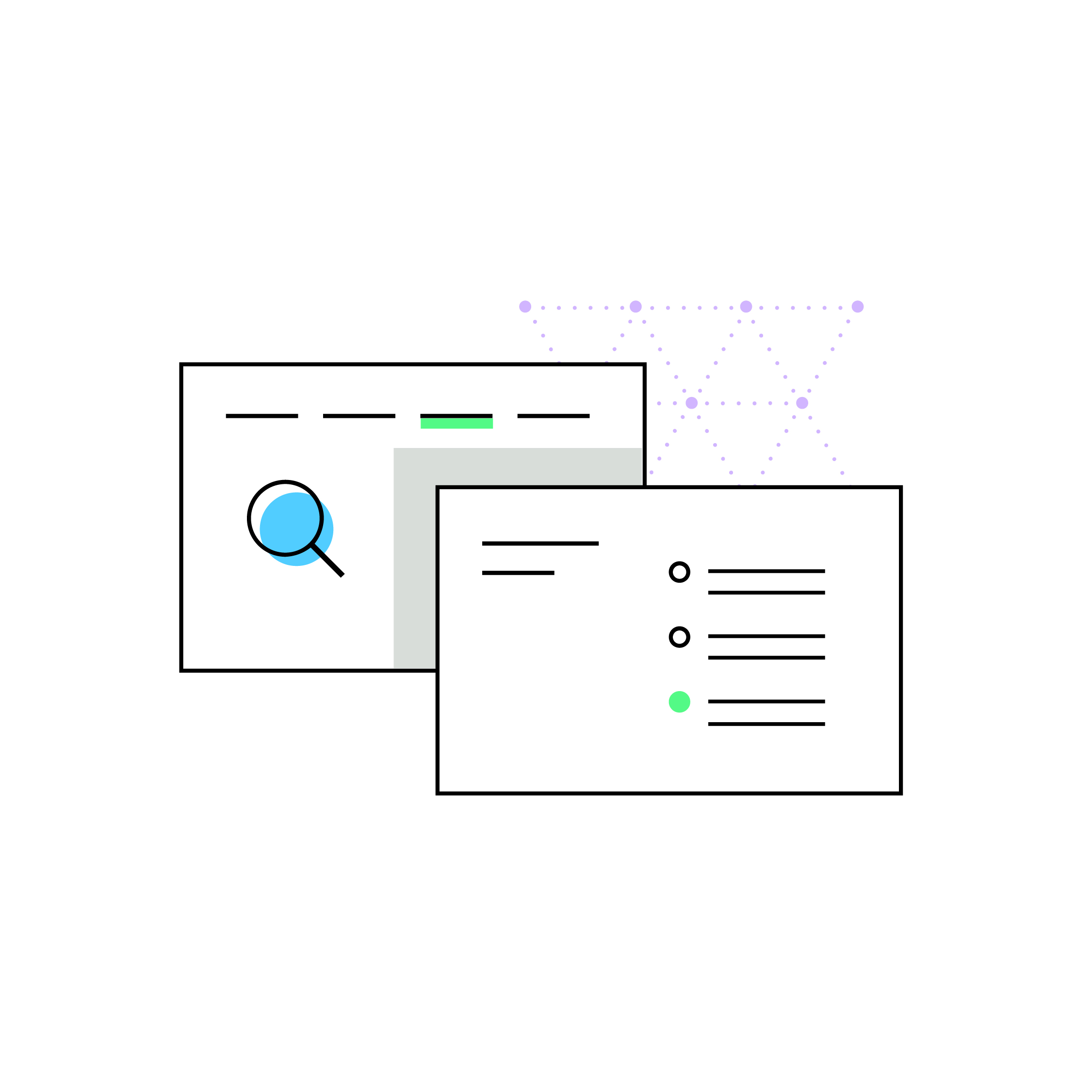E-commerce automation done right: When and how to put the robots to work for you
by January 14, 2021
Do more with less — that’s the mantra being chanted by three-person startups all the way to Fortune 100 boards. In a global marketplace in the throes of a pandemic, where margins are thin and resources are tight, having a great idea isn’t enough for success. That great idea must be executed with superhuman efficiency. And so, automation becomes the name of the game.
But automation isn’t always the right approach. And although the promise of automation is huge, implementing it the right way can get complicated. We think a lot about the best ways to harness automation at TaxJar, because we believe in its power — but we also know that whether or not automation is planned and executed well can make or break a business.
So we need to be thoughtful about it.
We need to ensure that in a quest for ever greater efficiency, we don’t forget about the customer. When automation is done right, it brings out the very best in employees, and rather than become an inconvenience to customers, it’s an asset.
Here are a few things to consider when considering how and what you will automate with your own business.
What’s the right way to automate?
Simply put, automation increases efficiency and productivity. Take insurance or sales tax compliance, for example. In these arenas, fraught with complexity and regulation, it’s time consuming for workers to input all of the correct data and make the necessary calculations. And there’s a lot of room for error. Automating compliance frees these workers up to focus on challenges that only humans (at least for the time being) can do well — building on the company’s vision, forging partnerships, creative problem solving, and lots more. This is what TaxJar is all about: automating the complexities of sales tax compliance so you can get out there and conquer the eCommerce world.
On the Saastr blog, former TaxJar CEO Mark Faggiano outlined a few of the processes to consider:
- Sales tax (of course): It’s nuanced and time consuming and doing it manually doesn’t generate revenue.
- Bookkeeping: automating aggregation and categorization of files saves huge amounts of time for your accounting team.
- Payroll: payroll can get complicated, especially with a dispersed workforce. Automation ensures the calculations are done correctly, with less effort.
- Customer Support: You don’t want to automate all of customer support, but using chat bots and other tech to help customers get the help they need quickly on their terms makes customers happy and saves money.
- Purchasing: Bringing disparate purchasing sites under a single platform and automating saves time and ensures accuracy.
Robotic & Digital Process Automation
Automation is a pretty broad term. What we’re talking about here is not so much the assembly line automation that’s revolutionized manufacturing, but business process automation, or BPA. And these days, BPA is typically being orchestrated by RPA. (Welcome to the acronym salad! Would you like pepper on that?). RPA is robotic process automation. Basically, it gives non-technical workers the ability to automate business processes without the need to get a dev to hard code a new app every time they want to make a change.
For example, say I need to create the same report every day by pulling data from multiple sources and doing some basic analysis of the numbers. RPA would allow me to easily automate that process by tapping into the APIs of the different apps I’m using and following the directions I outline with a few clicks of a mouse. (Okay, sometimes it’s a bit more complicated than that, but that’s the general idea.)
It’s very handy.
Gartner predicts that 90% of large organizations globally will have adopted RPA in some form by 2022.
Robotic process automation leads to digital process automation (DPA), which is a newer term the tech world seems to be embracing that refers to an approach where instead of taking on automation in an isolated, ad-hoc manner, a business looks at automation in a more strategic, holistic way.
Providers like Microsoft and SAP offer robust RPA and DPA solutions which integrate well with other enterprise systems.
How much of the customer experience to automate
Thus far, we’ve been talking processes. Now let’s talk relationships. If there’s one thing that would seem like it should be off the table when it comes to automation it’s customer relationships. After all, building relationships is an inherently human thing. A process that requires diplomacy and savvy and maybe even a touch of vulnerability — none of which are high on a computer program’s list of best qualities. True. But if automation is designed and set in motion by a human with all of those lauded characteristics, automation can be a terrific way to keep relationships vital and nurture customers through their journeys.
For example, carefully targeted emails that deliver customers information that’s useful to them and appropriate to their circumstances and industry show your customers you understand them. Rather than click it into the oblivion of their trash folder, they’ll pay attention. And if it doesn’t lead directly to a sale, it will build a stronger bond that will lead to future sales.
Whereas much of the RPA technology available today is targeted to midsize and enterprise businesses, growing your sales and marketing through automation is something every business can do, no matter the size.
TaxJar’s approach to automation
We think a lot about automation at TaxJar — in respect to our own business and our customers’ businesses. We look at all of our processes and ask: Can this be automated? And then we ask: Should this be automated? How will it impact our employees? Or our customers?
With all of the challenges that come with it, we believe in the power of automation to help human creativity, rather than stifle it. We don’t think you or your employees should be sitting in an office trying to sift through over 14,000 tax jurisdictions to figure out what to charge your customer and remain compliant. And most likely, your customer isn’t keen on waiting around for you to do it either.
Here are just a few of the things TaxJar is automating for customers:
- Calculating sales tax rates in a fraction of a second during checkout based on the item, origin of seller and origin of buyer
- Monthly and quarterly sales tax filing reports
- Determining how close customers are to nexus in every state
- Aggregating orders and refunds from all sources into a single view
While it’s still important to monitor your reports regularly — you’ll want to make business decisions based on what you find — this kind of automation simplifies your tax compliance. That way you can spend time doing the things you do best, using that big creative brain to help shape the world in small ways or large.
Ready to automate your sales tax compliance? Start a free trial today.







